Acrylic Painting on Canvas Team Bonding Art Jamming Singapore Visual Arts Centre
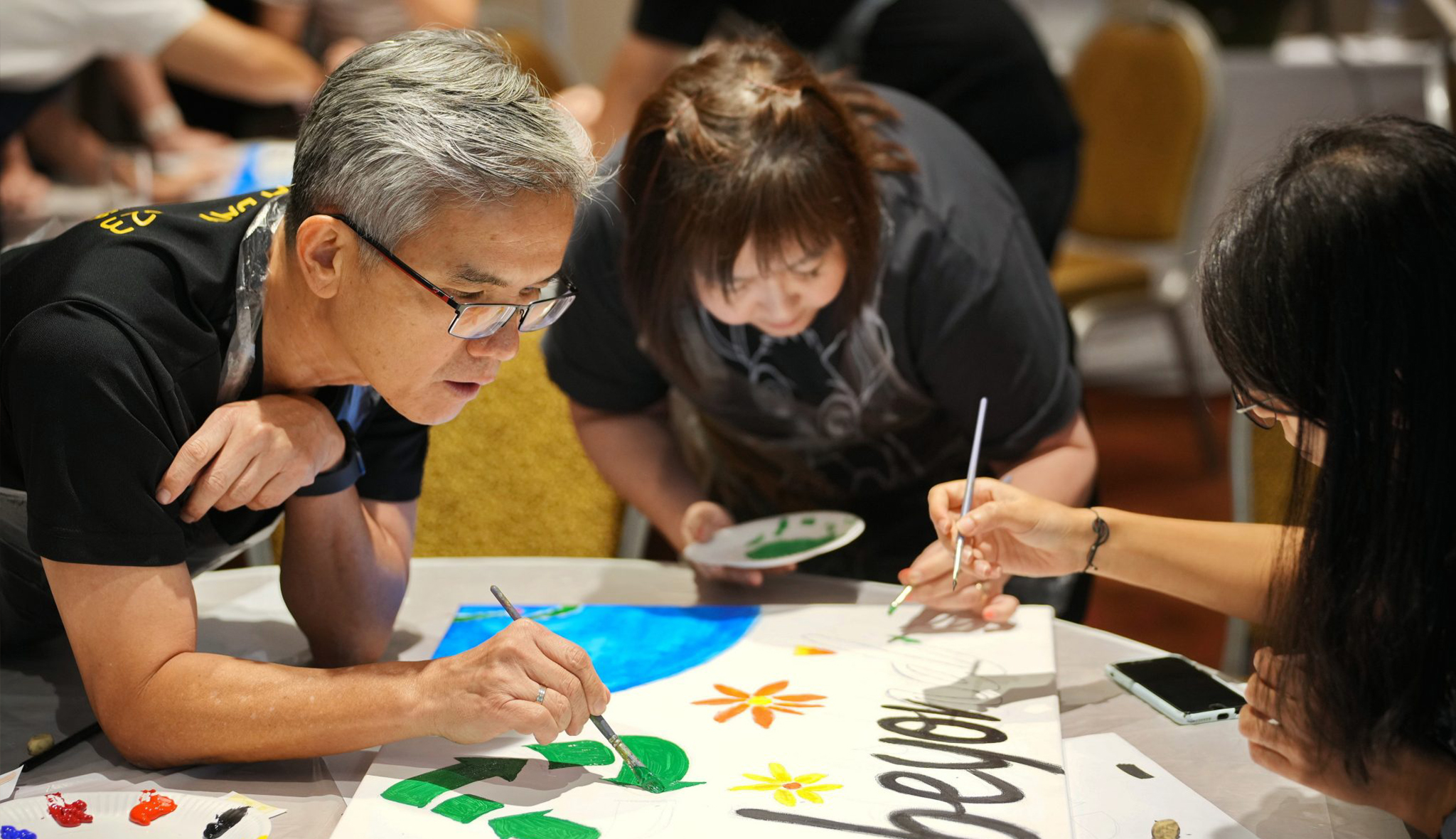
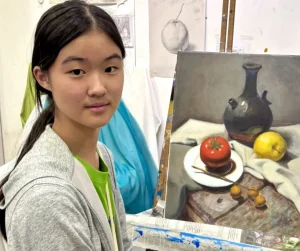






















Yeo Hoe Koon
Oil on Canvas
64 x 89.5 cm
Price Range: $16,000 - $20,000

Yeo Hoe Koon
Oil on Canvas
101 x 123 cm
Price Range: $26,000 - $32,000
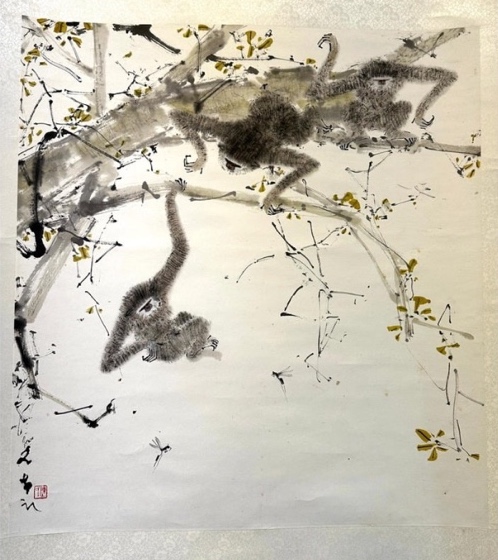
Chen Wen Hsi
Chinese Ink and Color on Paper
50 x 54cm
Price Range: SGD $42,000 - $50,000
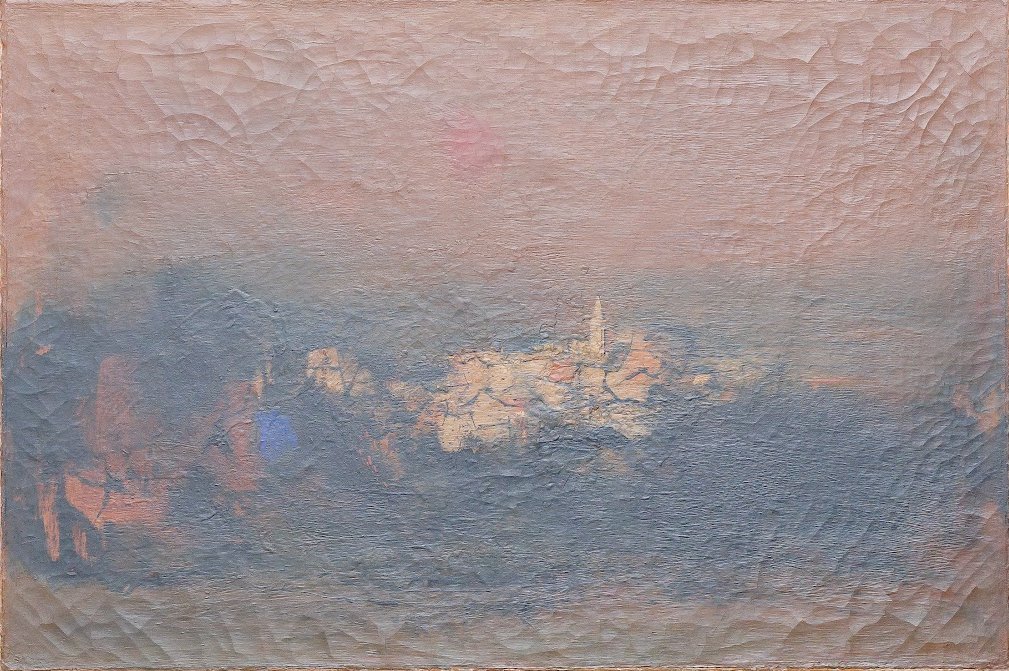
Cheong Soo Pieng
Red Tone
61 x 91.5cm
Price Range: SGD $108,000 - $138,000
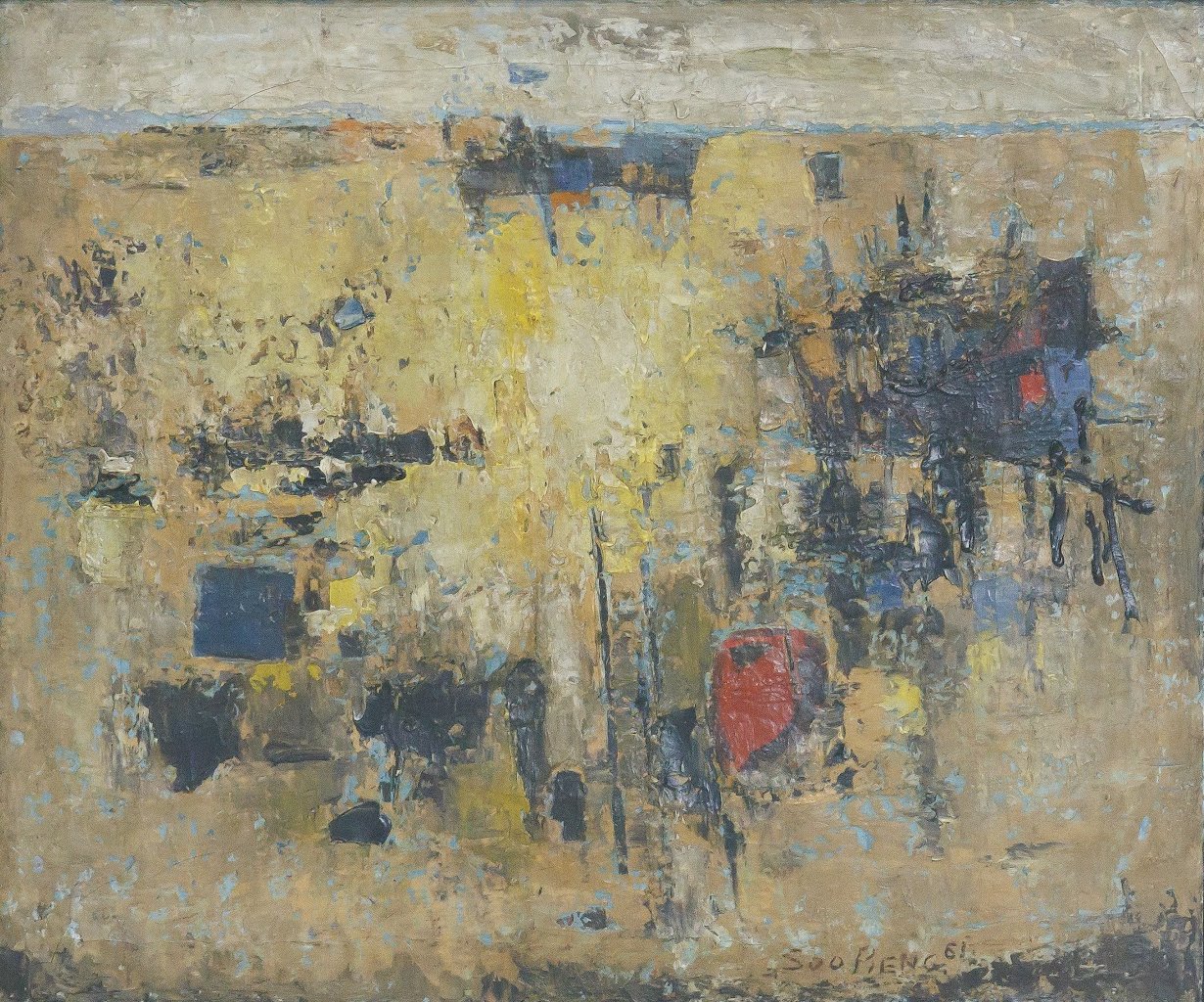
Cheong Soo Pieng
Abstract Landscape
50 x 61cm
Price Range: SGD $95,000 -$128,000
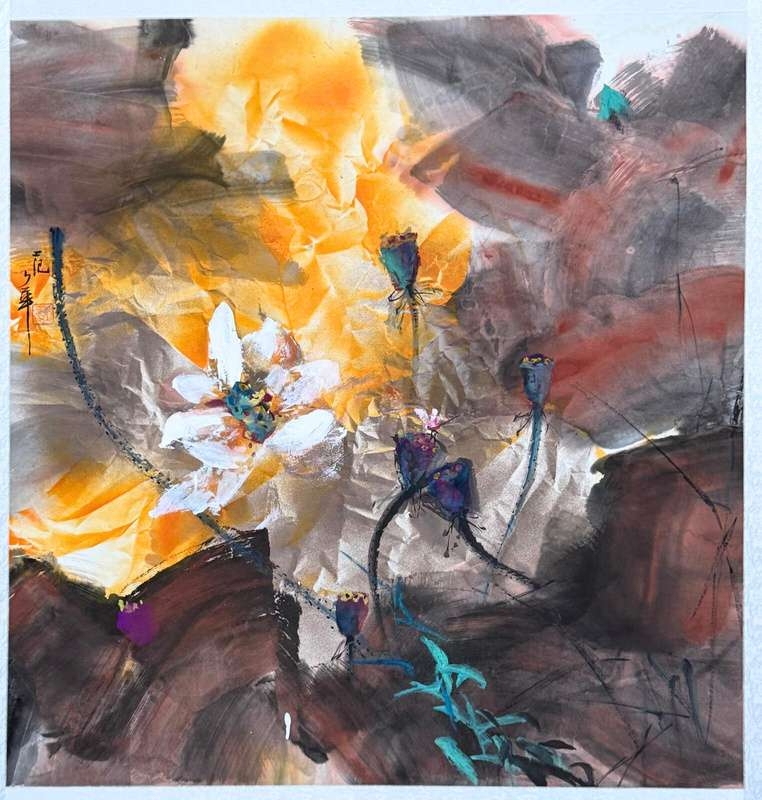
Fan Shao Hua
Chinese Ink and Colour on Paper
100 x 100cm
Price Range: SGD $9,800 - $14,800
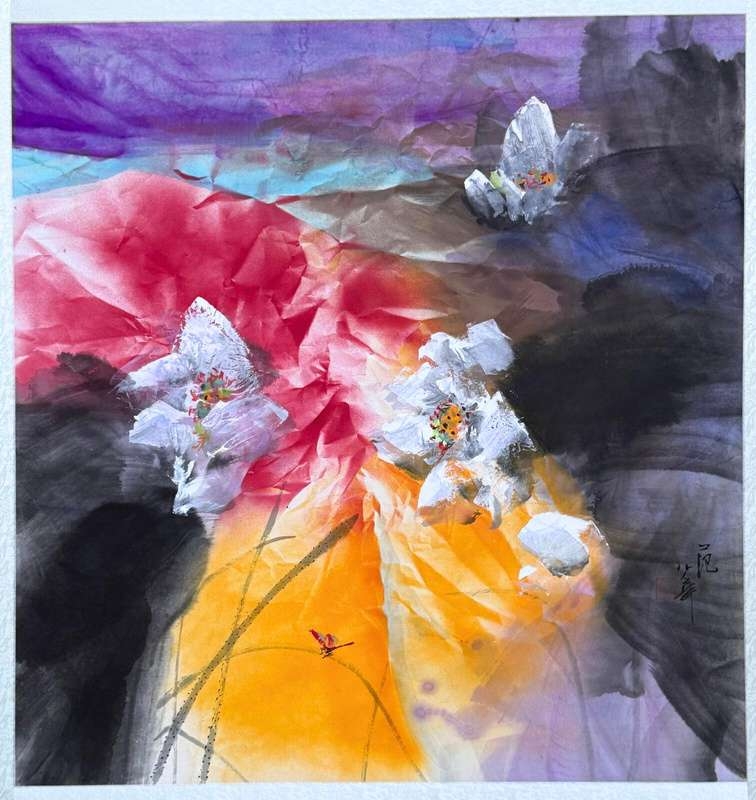
Fan Shao Hua
Chinese Ink and Colour on Paper
100 x 100cm
Price Range: SGD $8,800 - $13,800

Chinese painter Gui Zhaohai’s (above) works at his Singapore debut exhibition mostly depict scenes from the Sichuan-Tibetan Highlands.
Chinese painter Gui Zhaohai’s signature monochrome works of mountainous scenes have been winning awards, and to think he has been at it for only eight years.
The 41-year-old was a Chinese calligrapher before he learnt to paint with ink and brush at the Beijing Fine Art Academy in 2008, taught by contemporary Chinese ink painter Li Xiaoke, son of the late Chinese master Li Keran, and Jia Youfu, another well-known Chinese artist.
Two years ago, the native of Anhui province and a self-taught calligrapher was among a handful of artists, and the youngest, to win an Outstanding Award in the National Chinese Ink Painting Exhibition, in which thousands of ink painters from all over China took part.
His mastery of ink and fine brush strokes is evident in his Singapore debut show titled Solitude, an exhibition of 26 of his works, mostly large-scale ones depicting scenes from the Sichuan-Tibetan Highlands. He painted there between 2012 and 2014.
The show, presented by Asia Art Collective, is on at the newly opened Visual Arts Centre in Dhoby Ghaut Green.
Gui, who was here for the show’s opening, says he owes his success to his passion, hard work and the long years of Chinese calligraphy practice.
VIEW IT / SOLITUDE – GUI ZHAOHAI INK PAINTING EXHIBITION
WHERE Visual Arts Centre, 10 Penang Road, Dhoby Ghaut Green, 01-02
WHEN: Till Saturday, 11am to 8pm daily
ADMISSION: Free
“I started writing with the brush when I was five, though I am now using the brush to paint instead,” he says.
When he was young, all he wanted was to be a successful Chinese calligrapher, he says. But that changed after he married a seamstress and they left for Beijing to make a living, in 1997. They have a 17-year-old son studying at an art academy in Xi’an.
“I started by selling my calligraphy and traded in antique paintings and artworks at weekend art markets there, but later realised I could also learn to paint,” he says.
He enrolled at the Beijing Fine Art Academy to study under the masters about a decade later, in 2008.
After that, there was no turning back, as he spent all his time in the pursuit of a breakthrough in Chinese ink painting; reading up on and learning from the masters past and present.
He says: “Finally, I realise that besides perfecting the techniques, the works I create must be monumental, in order to create an impact and show the potential of Chinese ink to the fullest. So I decided to go up to the mountains to paint.”
After a year of looking for the perfect place to go, he found the Siguniang mountain at the Sichuan-Tibetan Highlands, with a snow-capped top rising more than 6,300m above sea level.
He says: “It is a perfect spot where I found a great sight, peace, quietness and great respect for nature. Whenever I am up there painting, I feel reluctant to return because I enjoy the spectacle I see, which is far away from the troubles of the world under me.”
Gui says he will be heading back to the mountain soon to paint.
“I will probably spend the next few years going back again and again because I cannot paint enough of the mountain and its surroundings,” he adds.
Click and get to our WhatsApp
Embark on a captivating journey into the vibrant world of digital art! Our Foundation in Digital Art workshop invites budding creatives aged nine and above to unleash their imagination and hone their artistic skills in a dynamic, supportive environment. From mastering basic digital tools to crafting mesmerizing digital masterpieces, children will explore a spectrum of techniques guided by seasoned mentors. Through hands-on activities and interactive sessions, participants will discover the endless possibilities of digital expression while fostering creativity and critical thinking. Join us for an exhilarating adventure where young artists transform ideas into stunning visual realities, igniting a passion for digital art
In the Batik Introduction Handkerchief Painting workshop, participants will learn the traditional art of batik, a wax-resist dyeing technique originating from Indonesia. The workshop begins with a brief history and overview of batik, highlighting its cultural significance and various techniques. Participants will then observe a demonstration of applying wax with tjanting tools and dyeing the fabric. Following the demonstration, each participant will design and create their own batik handkerchief, applying wax to create patterns and then dyeing their fabric. The workshop concludes with a group discussion, allowing participants to share their creations and reflect on their learning experience.